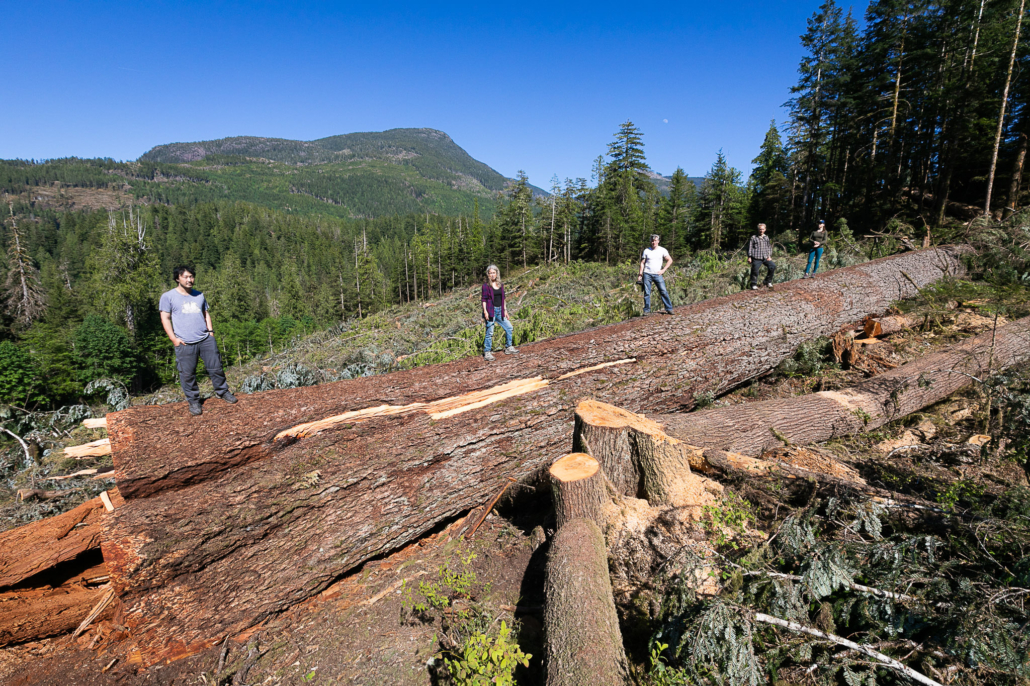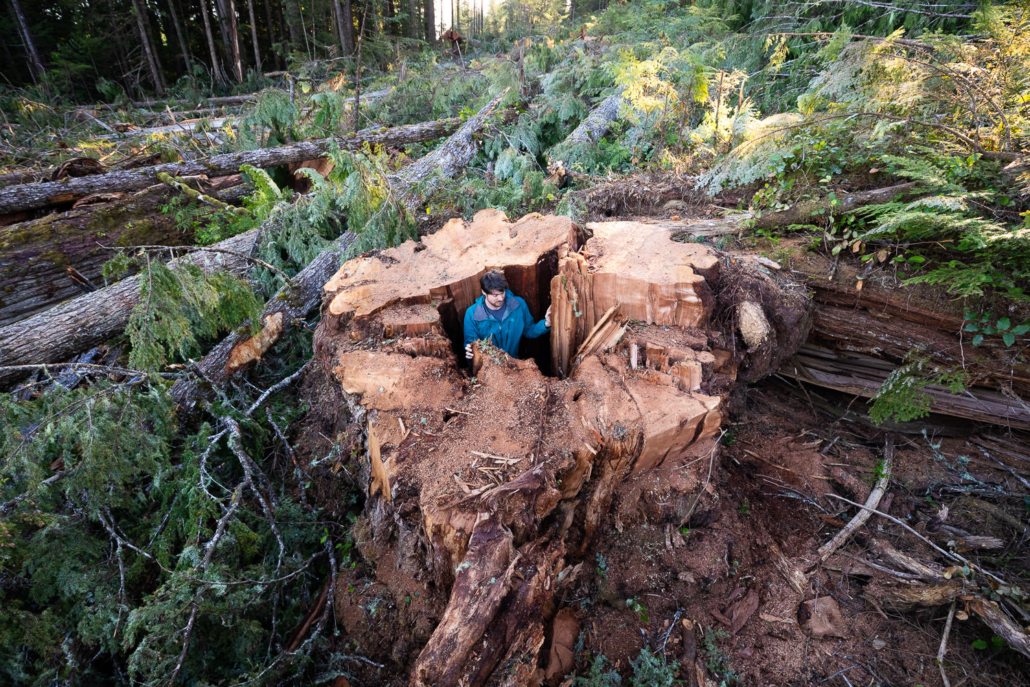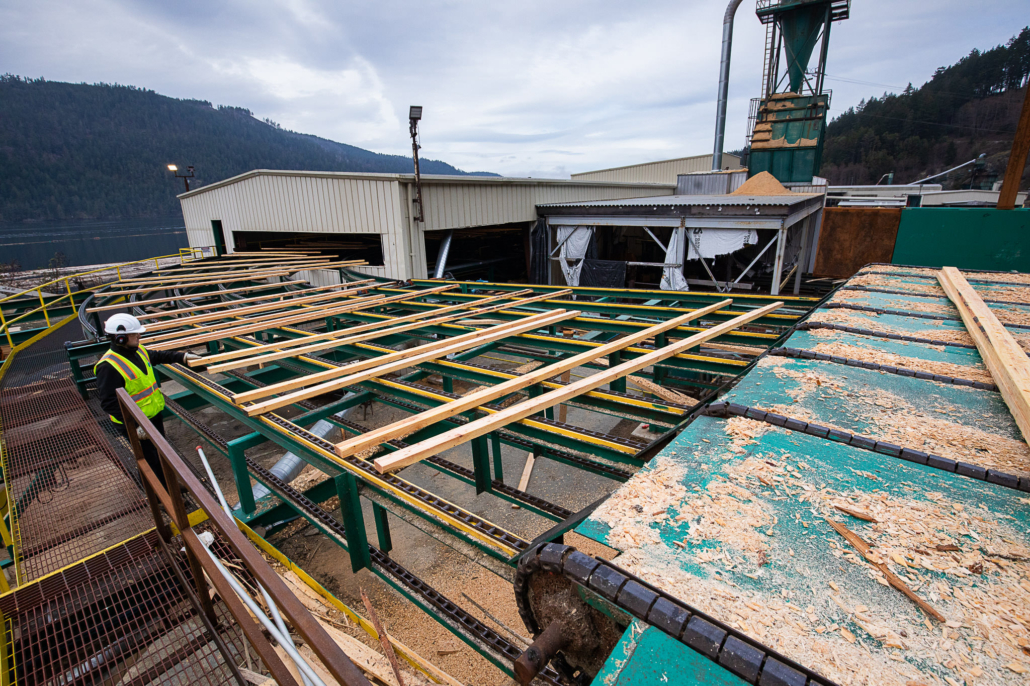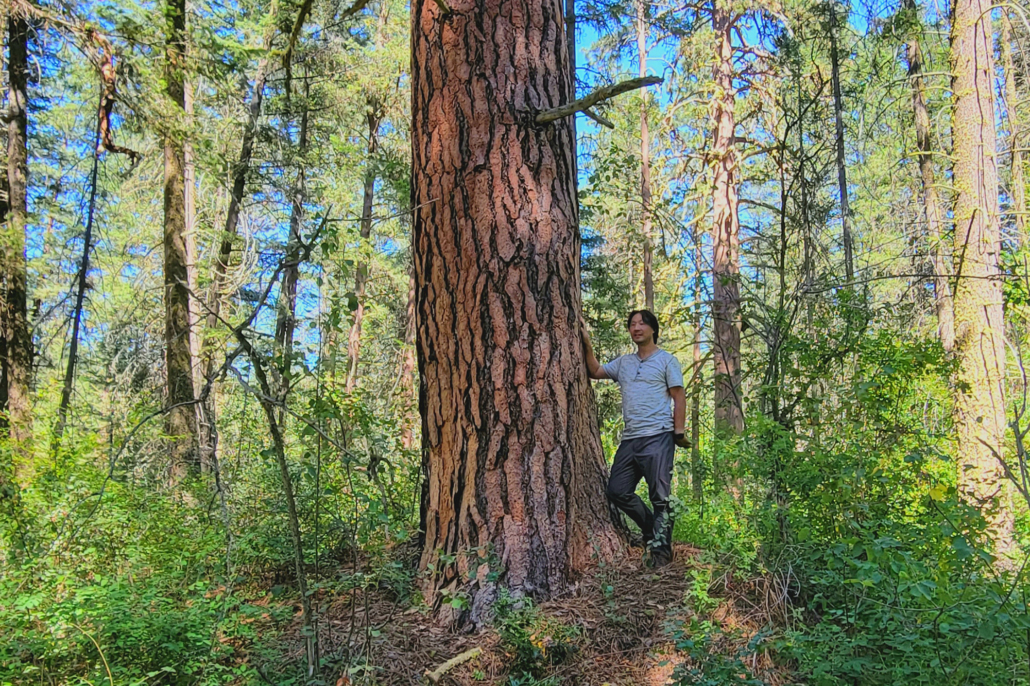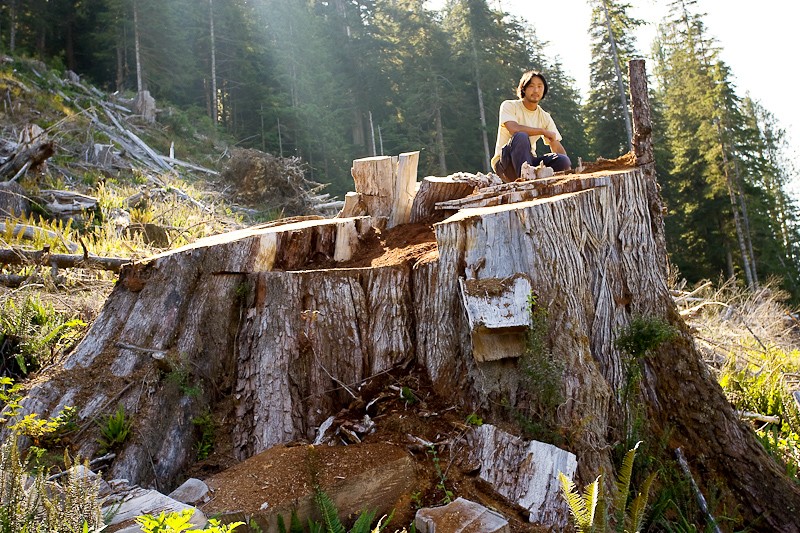 Apr 11 2013
Apr 11 2013“Old Growth Protection Act” needed to preserve BC’s Natural Heritage
A legislative proposal for an “Old Growth Protection Act” by the University of Victoria’s Environmental Law Centre (ELC) would ensure better protection for BC’s ancient forest heritage if adopted by the provincial government. The science-based plan would incorporate timelines to immediately end old-growth logging in “critically endangered” forests, and quickly phase out old-growth logging where there is a “high risk” to biological diversity and ecosystem integrity.
Specifically, the Old Growth Protection Act would require:
- Appointment of a Science Panel to carry out inventories and assessments that identify the degree of ecological risk associated with varying levels of remaining old-growth forests.
- Partitioning of the Allowable Annual Cut (AAC), the allowable harvest levels for tree farm licences and timber supply areas, to legally differentiate between old-growth and second-growth logging, so different rates of harvest may be applied.
- Phasing-out the old-growth cut in areas where forests are endangered, through scientifically-informed timelines ranging from immediate bans to phase-outs over time to allow the forest industry to retool for second-growth, depending on the scarcity of old-growth forests in each region.
- Improving the legal protection for old-growth reserves, so that they are mapped, legally designated and consistent rules are applied across resource extraction industries.
“The Forest Practices Board has pointed out some of these problems in the past,” stated Calvin Sandborn, legal director of the UVic Environmental Law Centre. “The Ancient Forest Alliance asked us what could be done to address known deficiencies in old-growth protection laws. While some legal mechanisms are available today under various statutes, we feel there is a need for new legislation and planning that is based on science, governed by timelines, and plugs existing loopholes or inconsistencies.”
Ken Wu, Ancient Forest Alliance executive director stated: “Considering that the timber industry has logged the vast majority of the biggest, best old-growth stands in the lowlands, driving several species towards extinction in this province, it’s time for a new science-based plan that protects our endangered old-growth forests as the timber industry continues its second-growth transition. A complete transition to a second-growth forest industry is inevitable when the last of the unprotected old-growth stands are logged. We simply want the BC government to ensure the transition is completed sooner, while these ancient forests still stand, instead of after they’re all logged outside the limited and often tenuous protections that exist.”
The ELC Report may be viewed at this link: https://elc.uvic.ca/2013-oldgrowthprotectionact/
Ancient Forest Alliance Media Backgrounder
The proposed Old Growth Protection Act would resolve the inadequacies of BC’s current old-growth management system, which include:
– Insufficient protection levels, as is evident from the decline of old-growth dependent species like the spotted owl (only 10 individuals left in BC’s wilds), mountain caribou (40% decline since the 1990’s, from 2500 animals in 1995 to 1500 today), and marbled murrelet (considered to be declining by the BC Conservation Data Center).
– An insufficient scientific basis in establishing old-growth protection target levels and site selection, currently skewed towards minimizing timber supply impacts in the richest stands.
– A failure to distinguish between marginal versus productive old-growth stands, thus allowing non-commercial stands of stunted, small old-growth trees to be substituted in the place of protecting the stands with large trees and greatest biodiversity.
– A failure to distinguish between old-growth and second-growth harvest levels in the Allowable Annual Cut, thus allowing companies to “chase value” by high-grading the highest value old-growth stands first.
– Insufficient firmness in protection standards due to loopholes that allow theoretically protected old-growth forests to be destroyed. These loopholes include an ability to move old-growth protections away from higher value stands into lower value stands, to log under the guise of maintaining forest health, and a lack of protection against mining, oil and gas development, and hydro projects that also destroy forests.
The plan would exclude the Central and North Coast (ie. the Great Bear Rainforest) and Haida Gwaii, where comprehensive old-growth protections and more advanced, science-based land use planning processes are already underway and have partly been implemented.
In areas where the remaining old-growth forests are below targeted protection levels, second-growth forests must also be allowed to age to become old-growth forests again. The establishment of “recruitment reserves” for this purpose as well as the reduction of the second-growth AAC (allowable second-growth cut) will be necessary in endangered regions.
BC’s old-growth forests sustain endangered species, the climate, tourism, clean water, wild salmon, and many First Nations cultures.
Most old-growth forests have been logged in southern BC, ranging from 65% to 99% logged in various regions. Valley bottoms and low elevation ecosystems where the largest trees grow and most biodiversity lives have been particularly hard hit. BC government statistics regularly inflate the amount of remaining old-growth forests by including vast tracts of low productivity “bonsai” forests of small, stunted trees growing at high elevations, on steep rocky mountainsides and in bogs of little to no commercial timber value and that are generally lower conservation priorities, while failing to providing a context on how much productive old-growth forests once stood.
See photos of BC’s old-growth forests at: https://staging.ancientforestalliance.org/photos-media/
See a new YouTube campaign video of BC’s old-growth forests at: www.youtube.com/watch?v=z6YTizBF-jE
Authorized by the Ancient Forest Alliance, registered sponsor under the Election Act
Ancient Forest, Alliance, Victoria Main PO, PO Box 8459, Victoria, BC, V8W 3S1 Canada

